Are you struggling to make sense of the grainy, low-quality surveillance video footage captured at your business or home? Fear not – we have an excellent solution for bringing clarity and resolution back into these images.
In this blog post, we will discuss various tips and tricks for how to make surveillance video clearer so that important details like facial features or license plates can be more easily identified. Read on to learn how to maximize the quality of your surveillance recordings!

9 Best Ways on How to Make Surveillance Video Clearer
1. Optimize Lighting:
One of the main reasons for poor-quality surveillance video is inadequate lighting. Insufficient lighting can result in dark, blurry images that make it difficult to identify individuals or objects. To improve the clarity of your surveillance footage, ensure that all areas under surveillance are well-lit. You may want to consider installing additional lighting sources such as floodlights or infrared lights.
2. Adjust Camera Settings:
Most surveillance cameras come with settings that can be adjusted to enhance the quality of video footage. Experiment with different settings such as brightness, contrast, and sharpness until you find the optimal combination for your specific environment. Adjusting these settings can make a significant difference in the clarity of your footage.
3. Clean Cameras Regularly:
Cameras that are placed outdoors or in dusty environments can quickly accumulate dirt and debris on their lenses, resulting in blurry footage. It is essential to regularly clean your surveillance cameras to remove any obstructions or smudges that may be affecting the quality of your video. Use a soft cloth and gentle cleaning solution to wipe away any dirt or grime.
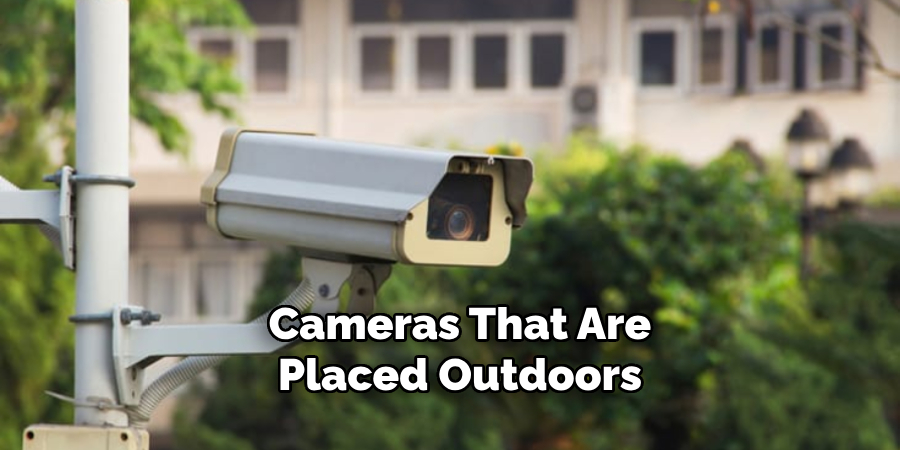
4. Upgrade to High-Resolution Cameras:
If your current surveillance cameras are outdated, it may be time to invest in high-resolution models. Newer cameras come with more advanced technology and higher resolutions, resulting in clearer and more detailed video footage. While they may be pricier, the upgrade will be worth it in the long run. Upgrading to high-resolution cameras can also improve your ability to zoom in on specific details.
5. Use a Digital Video Recorder (DVR):
A DVR is an excellent tool for improving the quality of surveillance video recordings. It works by compressing and storing videos while maintaining their original quality. This means that even if your camera footage starts off blurry, it will be recorded and saved in a clearer format, making it easier to review and analyze when needed.
6. Consider Using Wide-Angle Lenses:
Wide-angle lenses are especially useful for covering larger areas with just one camera. They can capture more details without sacrificing image quality, resulting in clearer footage overall. If you have multiple surveillance cameras set up, try using a combination of standard and wide-angle lenses to get the best coverage and clarity.
7. Keep Cameras Stationary:
Constantly moving or shaking cameras can result in unstable footage that is difficult to make out. Ensure that your surveillance cameras are securely mounted and not prone to any movement from wind, vibrations, or tampering. This will help to keep your video footage steady and improve its overall quality.
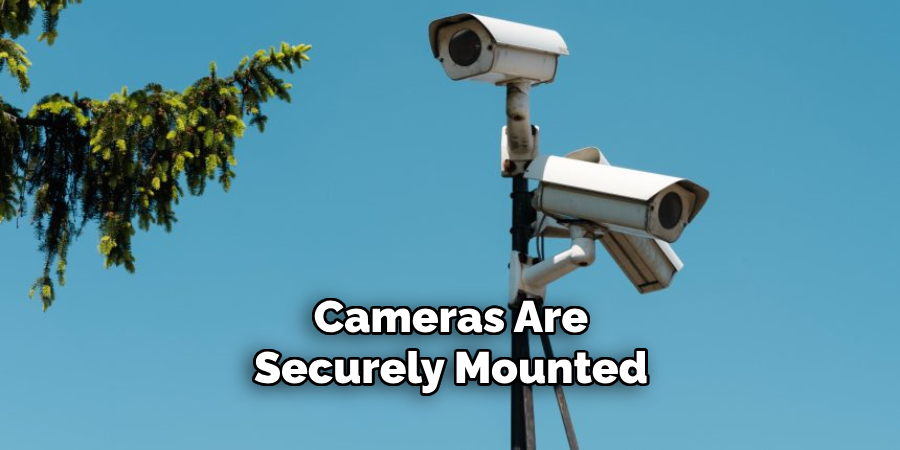
8. Upgrade Your Storage Space:
Having enough storage space is crucial for maintaining the quality of your surveillance video recordings. If your current storage system is running low on space, consider upgrading to a larger-capacity device or investing in cloud storage. This will ensure that your footage is stored and preserved in its original high-quality format.
9. Consult with an Expert:
If you are still struggling to improve the clarity of your surveillance video, it may be time to consult with a professional. They can assess your current setup and provide recommendations for equipment upgrades or adjustments that will result in clearer footage. With their expertise, you can rest assured that your surveillance system is optimized for maximum effectiveness.
Following these tips and tricks will help you to make your surveillance video clearer and more useful for identifying important details. By optimizing lighting, adjusting camera settings, regularly cleaning cameras, and considering upgrades, you can significantly improve the quality of your surveillance footage. Don’t forget to consult with an expert if necessary for even better results. Happy surveilling!
Additional Tips and Tricks to Make Surveillance Video Clearer
1. If possible, try to avoid placing surveillance cameras facing direct sunlight. This can lead to overexposure and negatively affect the quality of your footage.
2. Use motion-activated lights in areas under surveillance to help capture clearer images when movement is detected.
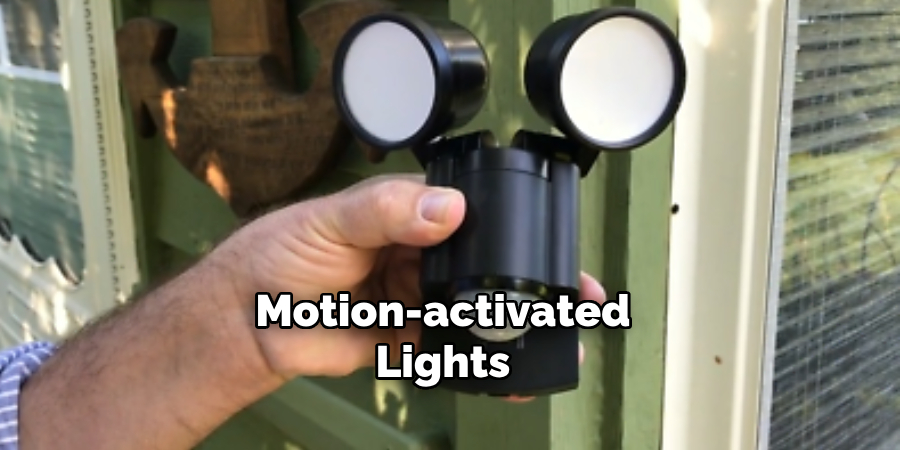
3. Consider investing in cameras with advanced features such as night vision or digital noise reduction for improved video quality in low-light situations.
4. Regularly check and update your surveillance cameras’ firmware to ensure they are functioning at their best.
5. Use a high-quality monitor or viewing device when reviewing your surveillance footage to make sure you are seeing the clearest image possible.
6. If you have multiple cameras set up, make sure they all have consistent settings for optimal footage quality.
7. Avoid placing cameras too close to walls or other objects that may cause unnecessary obstructions in the frame.
8. Test your surveillance system regularly and make adjustments as needed to ensure it is functioning properly.
9. Consider using dedicated video processing software to enhance and improve the quality of your surveillance footage. ***
Following these additional tips and tricks can further enhance the clarity of your surveillance video. Remember to regularly maintain and update your system, test it for optimal performance, and seek professional advice when needed. With these techniques, you can ensure that your surveillance footage is clear and effective in capturing important details. Happy surveilling!
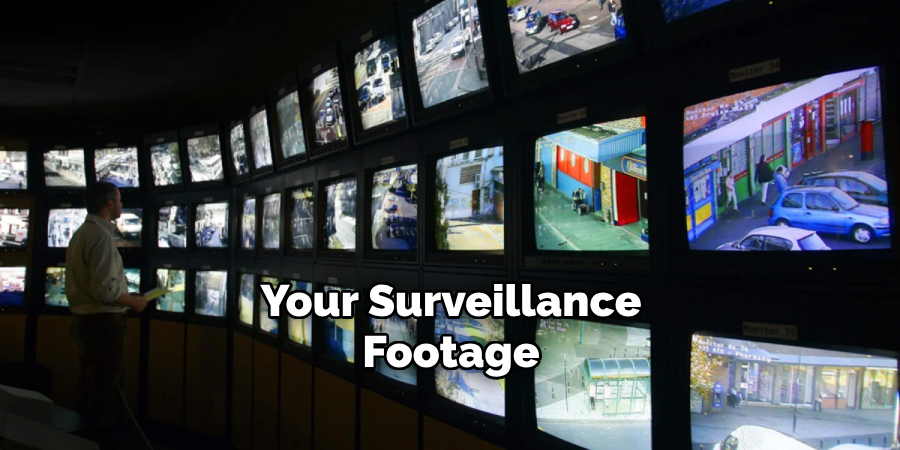
Things You Should Consider to Make Surveillance Video Clearer
1. The Regulation:
This is the first and most important thing you should check when trying to make your surveillance video clearer. The resolution of a video refers to the number of pixels in each frame, usually expressed as width x height (e.g. 1920×1080). The higher the resolution, the better the quality of the video will be. Therefore, if you have a low-resolution video, consider upgrading to a higher-resolution camera.
2. The Camera Lens:
The type and quality of the camera lens will also affect the clarity of your surveillance video. A good camera lens should be able to capture sharp images, even in low-light conditions. If your current camera is not providing clear footage, consider upgrading to a better lens or purchasing a new camera with a high-quality lens.
3. The Lighting:
Proper lighting is crucial for capturing clear surveillance video footage. Too much light can cause overexposure and too little light can make the video grainy and unclear. To achieve optimum lighting, try using a combination of natural and artificial lighting sources. You may also consider installing motion-activated lights in areas that need constant surveillance.
4. The Positioning:
The positioning of the camera is another important factor to consider. Make sure the camera is angled correctly and positioned in an area that provides a good view of the target area. Avoid placing cameras too high or too low, as this can affect the quality of the footage. This is especially important for outdoor cameras as they are more susceptible to weather conditions.
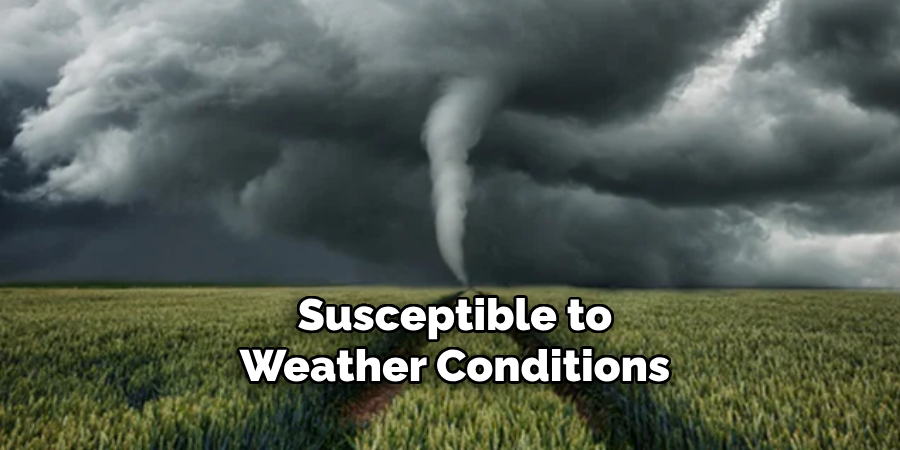
5. The Playback Quality:
The quality of the video playback also plays a role in how clear your surveillance footage will be. Make sure you are using a high-resolution monitor or display device to view the videos. You can also adjust the playback settings on your device to improve clarity, such as adjusting brightness, contrast, and sharpness.
Following these considerations can greatly improve the clarity of your surveillance video and provide better evidence in case of any incidents. Additionally, regularly maintaining and cleaning your cameras can also help ensure clear footage. Remember to always follow privacy laws and regulations when using surveillance systems. So, make sure you have a valid reason for installing cameras and inform individuals before recording them.
Frequently Asked Questions
What is Surveillance Video?
Surveillance video refers to the footage that is captured by a camera or a system of cameras for the purpose of monitoring and recording activities in a certain area. This could be used for security, investigation, or other purposes.
Why Does Surveillance Video Often Look Blurry or Unclear?
The quality of surveillance video is often compromised due to various reasons. These include low-quality cameras, poor lighting conditions, camera placement and settings, interference from other devices or objects in the vicinity of the camera, and low bandwidth for transmission.
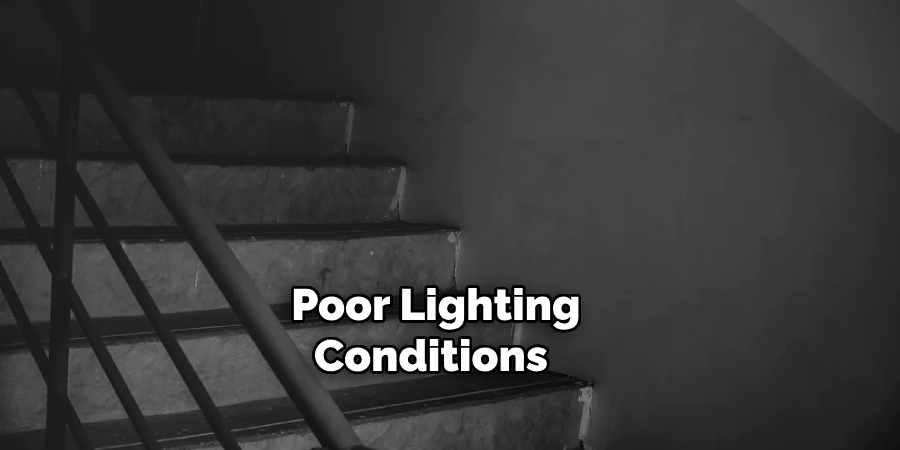
Are There Any Software or Apps That Can Help Improve Surveillance Video Quality?
Yes, there are various software and apps available that can enhance and improve the quality of surveillance video. Some popular options include Adobe Premiere Pro, Final Cut Pro X, and VirtualDub.
Is It Possible to Improve Surveillance Video Quality Without Using Software or Apps?
Yes, there are other ways to improve surveillance video quality without using software or apps. These include upgrading to higher-quality cameras, ensuring proper lighting conditions, adjusting camera settings, removing any obstructions in the camera’s view, and increasing bandwidth for transmission.
Conclusion
In conclusion, making surveillance video clearer requires effort and practice. Using software to enhance images can help but only if used correctly. Photographing surveillance video should be done properly by taking into consideration the lighting of the place, focal length of the camera, distance from the subject, and angle of view.
It is also important to remember that moving objects in the photo may need additional focus in order to make sure the image is clear. Surveillance videos can provide helpful information when used in an investigative manner but only if there is a good clear resolution of the record.
Remember it does take some time and practice but with dedication and guidance, anyone has the capability to make surveillance videos clearer. Don’t shy away from pushing yourself beyond your knowledge limits, dive deeper to extract information that cannot be seen with bare eyes. We hope you have found this article helpful and are now inspired to try out your own methods on how to make surveillance video clearer!
About
Safety Fic is a distinguished figure in the world of Diy design, with a decade of expertise creating innovative and sustainable Diy solutions. His professional focus lies in merging traditional craftsmanship with modern manufacturing techniques, fostering designs that are both practical and environmentally conscious. As the author of diy, Safety Fic delves into the art and science of Safety Fic-making, inspiring artisans and industry professionals alike.
Education RMIT University
(Melbourne, Australia) Associate Degree in Design (Safety Fic) Focus on sustainable design, industry-driven projects, and practical craftsmanship. Gained hands-on experience with traditional and digital manufacturing tools, such as CAD and CNC software.
Nottingham Trent University
(United Kingdom) Bachelor’s in diyfastly.com and Product Design (Honors) Specialized in product design with a focus on blending creativity with production techniques. Participated in industry projects, working with companies like John Lewis and Vitsoe to gain real-world insights.
Publications and Impact
In diy, Safety Fic his insights on indoor design processes, materials, and strategies for efficient production. His writing bridges the gap between artisan knowledge and modern industry needs, making it a must-read for both budding designers and seasoned professionals.
